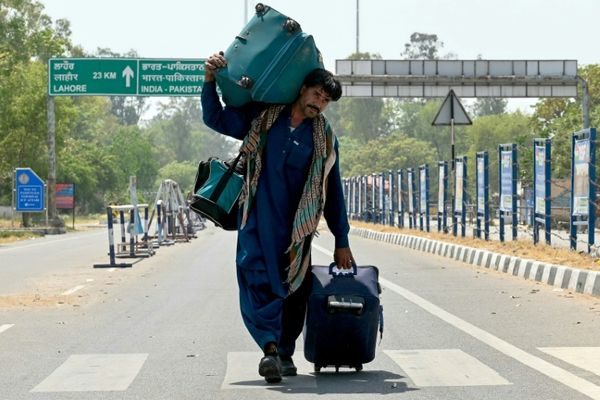
Great Britain’s energy system operator has been forced to block new electricity projects from joining the decade-long queue for a grid connection, to stop the growing logjam from delaying vital green developments.
The National Energy System Operator (Neso) says it plans to use the “short pause” to overhaul application rules that have allowed a surge of unfunded project proposals to join the queue, blocking the progress of legitimate green investments.
Despite its attempts to ease the gridlock, the system operator said it received more than 1,700 queue applications last year alone, meaning there were more projects waiting in the queue than the UK would need by 2030 or even 2050.
In some cases energy developers have been told they must wait until the late 2030s for a grid connection because they are stuck behind so-called “zombie projects” that are not ready to move forward but cannot legally be removed from the queue.
The decades-long wait for a grid connection threatens to derail Britain’s plans to build a clean power system by 2030, which will require onshore wind power to double, solar power to triple and offshore wind to quadruple. The 2030 goal has faced renewed scepticism after the prime minister set out plans to develop a stable of energy-hungry datacentres to grow Britain’s artificial intelligence capabilities twentyfold over the same period.
Matt Vickers, who is leading Neso’s overhaul, said the move would enable a “significant step forward” in managing the queue by prioritising projects that were “ready to progress, and which are needed to deliver clean power by 2030”.
He said: “To reorder the queue, we need to start from a stable base. This short pause in applications will allow us to work with colleagues across the network companies to prepare for the new processes we need to bring forward the electricity projects needed for the delivery of clean power by 2030 and beyond.”
After the pause, which will begin on 29 January, energy projects will be able to apply for a grid connection only during designated windows through the year, and will be required to meet key progress milestones to keep their place. This should mean that only “viable projects” will be able to remain the queue, which will also be subject to a strategic connections process to prioritise green energy technologies.
Nicola Connelly, the chief executive of SP Energy Networks, which is owned by Scottish Power, said: “Making the connection queue more efficient is essential to ensure the successful electrification of the UK economy. This is a key step in that journey, and we will work with Neso, our customers and stakeholders to ensure new green energy projects that Britain needs will be connected to the grid as quickly and effectively as possible.”







